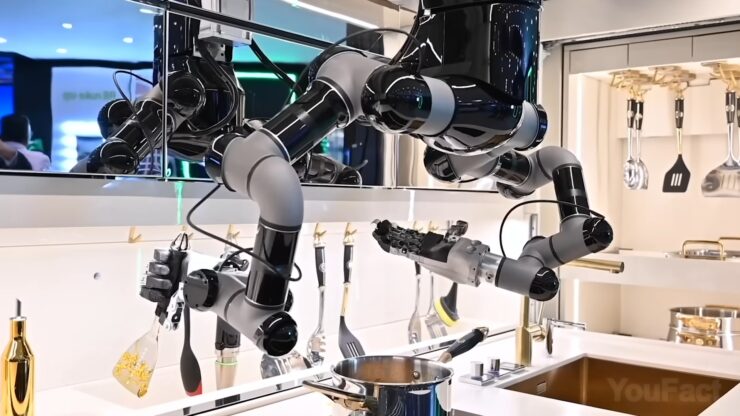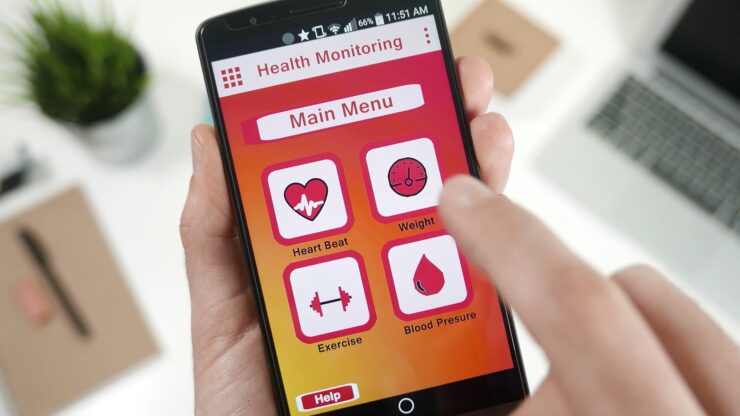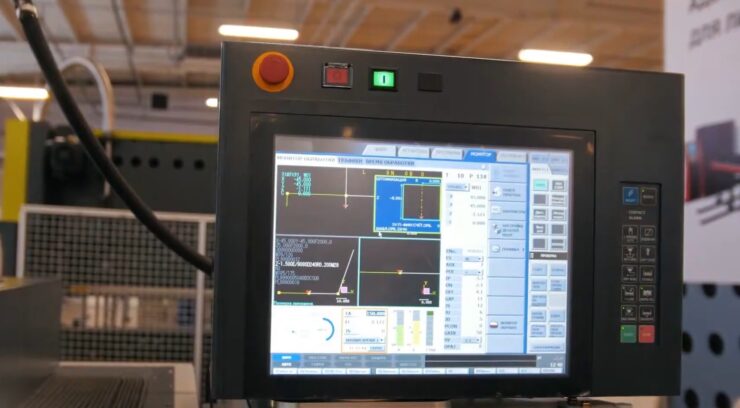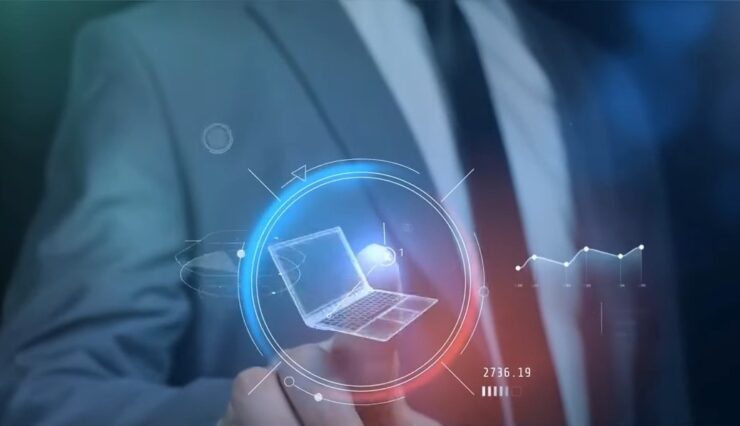Pay more attention to the minutiae of the digital world because it only bothers you a little. Despite this, it is impossible to refute that the IoT provides considerable assistance and benefits in every area.
Because of advances in technology, it is transforming people’s everyday lives without their even realizing it.
Some people are familiar with the Internet of Things; hence, i will define it and separate the various kinds of IoT currently available. Stay here and make it a point to read every detail to broaden your understanding of the subject.
Brief Introduction to the Internet of Things
“Internet of Things” (IoT) is shorthand for a network of interconnected devices and the underlying infrastructure that enables them to exchange data with one another and the cloud. This communication can also take place between the devices themselves.
Now that you know its meaning, it is time to move on to the many subcategories of the Internet of Things.
What is meant by “Consumer IoT”?
“Consumer Internet of Things,” sometimes called “Consumer IoT,” refers to incorporating IoT into typical consumer applications and devices. The Internet of Things (IoT) is a relatively extensive phenomenon, rapidly altering how people live and interact with their surroundings without even being aware of the full impact of its presence.
What sets it apart from the Industrial Internet of Things?
You’ll see a greater variety of technologies and applications being served by the consumer Internet of Things market than you will in the industrial IoT sector. Smartphones, innovative home items, and specific wearable devices such as smartwatches are some examples of this category.
The Internet of Things has a greater propensity to cater to customers individually.
Investments of a grander scale are being made to stimulate the development of applications for the Industrial Internet of Things (IoT): the integration of IoT with various industries, including the agricultural market, the healthcare industry, and manufacturing markets.
Uses for Consumer Internet of Things
A few top-rated consumer applications that use consumer devices and the Internet of Things are listed below for your convenience.
Security Systems and High-Tech Houses

The market for connected home security systems is exploding, and substantial new consumer Internet of Things applications are constantly emerging. For instance, you may now protect your home from intruders and other illegal visitors by installing internet-connected security equipment that monitors your property and sends notifications if anything unusual occurs.
One of the numerous highlights of smart homes and integrations of Internet of Things-connected devices with home appliances is the enhancement of home security.
Amazon’s Echo is a prominent example of a consumer Internet of Things item contributing to intelligent home development. It is powered by Amazon’s speech assistant, Alexa, and interfaces with smart home devices such as temperature control, entertainment systems, lighting, and locks.
Intelligent Medical Care
The use of personal wearables to monitor body conditions is becoming increasingly important. The introduction of wearable, Internet of Things–connected devices that send data to a person’s doctor, loved ones, or kin has helped improve the quality of personal healthcare made possible by consumer IoT applications.
The Internet of Consumer Things is experiencing phenomenal expansion as a direct result of the rising demand for the production of personal healthcare IoT devices. Their application is also becoming more widespread as a practice in various sports.
These tools are now also utilized by physicians to maintain an active engagement with the requirements of patients and their health. Many consumer Internet of Things devices can monitor your blood sugar, heart rate, and sleep.
Wearables: The Intersection of Industry and Consumer Demand

Wearables are revolutionizing people’s lives by modifying how they work, interact, and perform. Ongoing research is developing intelligent wearables that are less reliant on smartphones.
Although most wearables currently available on the market are consumer electronics, they are also frequently used to keep workers in factories and industries safe. This means they are efficient and valuable in the Industrial Internet of Things context.
What exactly is the “Internet of Things” in the industrial sector?
The Industrial Internet of Things (IIoT) technology uses connected devices such as sensors and actuators to enhance production and other industrial operations. It uses the processing capacity of “smart machines” and real-time analytics to make the most of the data that “dumb machines” have created for many years.
The guiding philosophy behind the Industrial Internet of Things (IIoT) is that intelligent machines are not only superior to humans when it comes to capturing and analyzing data in real-time. But they are also exceptional when communicating crucial information that can be used to drive business decisions more timely and accurately.
Connected sensors and actuators enable businesses to identify inefficiencies and problems more quickly, helping them save time and money and improve business intelligence. This has great potential for quality control, sustainable and environmentally friendly practices, supply chain traceability, and overall efficiency.
In an industrial environment, the Industrial Internet of Things (IIoT) is essential to enhanced field service, energy management, predictive maintenance, and asset tracking.
What sets the IIoT apart from the CIoT?

The term “Industrial Internet of Things” (IIoT) refers to a network of interconnected, smart devices used in industrial settings to perform data collection, analysis, and monitoring functions. Every IoT ecosystem in the industry consists of the following parts:
- Connected devices that can sense their environment, communicate with one another, and store data about themselves;
- infrastructure for the transmission of data, which may or may not be public or private;
- Analytics and applications that create information for businesses based on raw data;
- Storage for the information produced by the devices connected to the IIoT; and individuals.
These edge devices and intellectual assets send data directly to the data communications infrastructure, where it is transformed into information that can be used to make decisions regarding the operation of a specific piece of machinery. Both predictive maintenance and the optimization of business processes are two applications that could benefit from this information.
Which types of businesses are implementing IIoT?
IIoT is utilized in a wide variety of different business sectors today. The automotive industry is an excellent example because it uses devices connected to the IIoT in manufacturing. The automobile sector relies heavily on industrial robots, and IIoT can help with preventative maintenance by spotting problems before they halt production.
Additionally, the agricultural sector makes extensive use of the IIoT devices available. Farmers can produce an optimal crop because industrial sensors collect data about the nutrients and moisture in the soil, among other things.
In addition, industrial IoT devices are used in the oil and gas industry. Some oil companies keep a fleet of crewless aircraft equipped with visual and thermal imaging equipment, and they use these tools to look for potential pipeline issues. This information is combined with that obtained from other sensors to ensure that all operations are risk-free.
Final Thoughts
Learning about the various types of IoT will benefit you because you can then differentiate between what contributed to your innovation and the world’s current level of technological advancement. Being knowledgeable about your surroundings, both in the natural and online worlds, is always to your advantage.

